
 A bird’s eye view of the Saadiyat Island’s Cultural District.
A bird’s eye view of the Saadiyat Island’s Cultural District.
The new 21 km road, which gives construction vehicles access, directly links the island with Shahama/Abu Dhabi Airport road.
Saadiyat Island – the largest single mixed-use development in the Arabian Gulf with 30 km of water frontage and many natural eco-features including mangrove forests – is being developed as a strategic international tourism destination and marks a new era in the rapid evolution of Abu Dhabi.
It is the flagship project of Tourism Development and Investment Company (TDIC), an independent organisation empowered to manage the tourism investment zones of the Abu Dhabi Tourism Authority (ADTA), which directs and implements strategy for the expansion of the emirate’s tourism sector.
Saadiyat Island – that translates from Arabic as Island of Happiness – will be developed in three phases with total completion scheduled for 2018. The masterplan also includes 29 hotels, including an iconic seven-star property, three marinas with combined berths for around 1,000 boats, museums and cultural centres, two golf courses, civic and leisure facilities, sea-view apartments and elite villas. Saadiyat Island is expected to be home to a community of more than 150,000 people. It will be linked to the main Abu Dhabi island and the Abu Dhabi mainland via two, 10-lane freeways making the destination easily accessible to Abu Dhabi International Airport, which will be just a 25 km drive away.
The island has been masterplanned to include seven distinct districts, delivering a multitude of experiences, including its now world-renowned Cultural District that will be home to the Sheikh Zayed National Museum, Guggenheim Abu Dhabi contemporary art museum, Louvre Abu Dhabi Universal Museum, a Performing Arts Centre and Maritime Museum.
Four of the world’s most eminent architects – Frank Gehry, Jean Nouvel, Tadao Ando and Zaha Hadid – have presented concept designs commissioned by TDIC for these iconic museums and the performing arts centre which will position the Saadiyat Island as a world-class cultural destination. All four architects – who are international award-winners with three being holders of the coveted Pritzker Prize, the highest honour within the architectural discipline – have created the concepts behind what is described as the most dramatic cultural statement ever conceived.
The Cultural District will also feature a Biennale Park and 19 international pavilions which will be criss-crossed by a 1.5-km-long navigable canal. The 19 pavilions, which will host a range of art and cultural events and activities, will be designed by some of today’s leading architects. These include Khalid Alnajjar from the UAE, Russia’s Yuri Avvakumov, the US’ Greg Lynn whom Forbes magazine named among the top 10 most influential living architects, New York’s Hani Rashid, UK’s David Adjaye, China’s Pei-Zhu and Korea’s Seung H-Sang.
Sheikh Zayed National Museum
Thirteen of the world’s top architectural practices from 11 countries are to enter the international design competition launched to secure an inspirational concept for the proposed Sheikh Zayed National Museum which will be devoted to the history and traditions of Abu Dhabi and the legacy of the emirate’s much-admired late ruler Sheikh Zayed bin Sultan Al Nahyan, who was also the first President of the UAE and often referred to as ‘The Father Of The Nation’.
“Given the importance of this institution and its central location within the Cultural District, it was decided to reach out to established international, Arab and local architects to obtain the most inspiring design that appropriately crystallises this vision. The objectives of the competition will be to increase awareness of the project locally and internationally,” says Sheikh Sultan bin Tahoon Al Nahyan, chairman of ADTA and TDIC.
The museum, which will span 130,000 sq ft and feature five galleries, an education centre, theatre, shops and a café with a visitor services area. The five galleries will be individually devoted to UAE Heritage, the Environment, The Transformation of the Emirates, Unity Through Leadership and Education.
All 13 practices competing have been selected for their experience in delivering cultural and museum assets of world-class standing and for the breadth of international design discipline they represent. The competitors are: Atelier Christian de Portzamparc of France; AN Tombazias and Associates of Greece; Bernard Tschumi Architects and Eisenman Architects of the US; Jordan’s Dar-Al Omran; the UK’s Fosters + Partners Limited; Austria’s Hans Hollein Architekt; Mario Bellini Associati and M Fuksa Arch of Italy; Canada’s Moriyama & Teshima Architects; Shigeru Ban Architects of Japan; Spain’s Ricardo Bofill Taller and Norway’s Snohetta. Following a familiarisation trip to the UAE capital, which included a detailed briefing on Sheikh Zayed’s life, a tour of the Saadiyat Island and emphasis on the design criteria of environmental efficiency and sustainability, all 13 are now to submit their concept designs by fall this year.
Louvre Abu Dhabi
The Louvre Abu Dhabi museum will be created within the Cultural District, following an unprecedented 30-year cultural accord signed by the governments of Abu Dhabi and the Republic of France. This opportunity provides for long-term loans from the Louvre and major French museums such as the Musee du Quai Branley, Centre Georges Pompidou, Musee d’Orsay, Versailles, Guimet, Rodin and the Reunion des Musees Nationaux. This agreement ensures French museum expertise will assist with the acquisition over the next decade of an Abu Dhabi art collection.
The 24,000 sq m Louvre Abu Dhabi, which will have 6,000 sq m of galleries devoted to permanent displays and 2,000 sq m for temporary exhibitions, is expected to open in 2012.The galleries will open to the public in successive phases.
The Louvre Abu Dhabi – designed by award-winning French architect Jean Nouvel, the designer behind the Musee du Quai Branley, the Institut du Monde Arabe in Paris and the Opera de Lyon – will be a universal museum with exhibits encompassing a diversity of cultures and will exhibit major artifacts and works in archaeology, the fine arts and decorative arts from all historic periods, but pre-dominantly classical.
Designed as a seemingly floating dome structure, Nouvel’s concept has been described as an engineering feat. Its web-patterned dome allows the sun to filter through, reminiscent of rays passing through date palm fronds in an oasis.
Guggenheim Abu Dhabi
Frank Gehry is designing the Guggenheim Abu Dhabi – a contemporary art museum, which will be the only one of its kind in the Middle East.
The museum, which at 320,000 sq ft will be the world’s largest Guggenheim museum, is designed around accommodating approximately 130,000 sq ft of exhibition space. It will feature permanent collections, galleries for special exhibitions, a centre for art and technology, a children’s art education facility, archives, library and research centre and a state-of-the-art conservation laboratory.
“Approaching the design of the museum for Abu Dhabi made it possible to consider options for design of a building that would not be possible in the US or in Europe,” says Gehry. “It was clear from the beginning that this had to be a new invention. The landscape, the opportunity, the requirement, to build something that people all over the world would come to and the possible resource to accomplish it opened tracks that were not likely to be considered anywhere else. The site itself, virtually on the water or close to the water on all sides, in a desert landscape with the beautiful sea and the light quality of the place suggested some of the direction.”
In the Gehry design, four storeys of central core galleries are laid out around a courtyard. “These will be more classical contemporary galleries, completely air conditioned, with skylights where possible and a sophisticated lighting system,” says Gehry. “Two more rings of galleries span out from the core. The third ring is for larger galleries, built more like raw industrial space with exposed lighting and systems. They would be less finished. These galleries will be attractive as spawning homes for a new scale of contemporary art – art that would be, perhaps, made on site and of a scale that could not be achieved in the normally organised museums around the world.”
Performing Arts Centre
The British/Iraqi born architect Zaha Hadid is designing Saadiyat’s Performing Arts Centre, which will present the finest in music, theatre and dance. The proposed 62-m-high building housing five theatres – a music hall, concert hall, opera house, drama theatre and a flexible theatre with a combined seating capacity for 6,300 – that’s 1,100 more than London’s Royal Albert Hall. The centre may also house an Academy of Performing Arts.
“As it winds through the site, the architecture increases in complexity, building up height and depth and achieving multiple summits in the regions housing the performance spaces, which spring from the structure like fruits on a vine and face westward, toward the water,” explains Hadid.
“The building becomes part of an inclining ensemble of structures that stretch from the Maritime Museum at its southern end to the Guggenheim Abu Dhabi at the northern tip. With its centre of mass at the water’s edge, the Performing Arts Centre focuses its volume along the central axis of the site. This arrangement interrupts the block matrix at the arterial road, opening views to the sea and the skyline of Abu Dhabi,” he adds.
The concert hall is above the lower four theatres, allowing daylight into its interior and dramatic views of the sea and city skyline from the huge window behind the stage. Local lobbies for each theatre are orientated towards the sea to give each visitor a constant visual contact with their surroundings.
Classical Museum
Jean Nouvel of France design concept for the Classical Museum owes much to Saadiyat’s natural surroundings.
“The island offers a harsh landscape, tempered by its meeting with the channel, a striking image of the aridity of the earth versus the fluidity of the waters,” says Nouvel. “These fired the imagination towards unknown cities buried deep into the sands or sunk under water. These dreamy thoughts have merged into a simple plan of an archaeological field revived as a small city, a cluster of nearly one-row buildings along a leisurely promenade.
This micro-city requires a micro-climate that would give the visitor a feeling of entering a different world. The building is covered with a large dome, a form common to all civilisations. This one is made of a web of different patterns interlaced into a translucent ceiling which lets a diffused, magical light come through in the best tradition of great Arabian architecture. Water is given a crucial role, both in reflecting every part of the building and acting as a psyche, and in creating, with a little help from the wind, a comfortable micro-climate.
Maritime Museum
Tadao Ando is designing the Maritime Museum, which will reflect the rich maritime history of the UAE and the Arabian Gulf, takes its inspiration from Abu Dhabi’s natural surroundings, landscape and maritime traditions. It has a reflective surface visually merging sea and land. Its ship-like interior has floating decks that guides visitors through the exhibition space.
“Dhows float over the voids of the interior space and help create an intense visual experience by relating objects to one another and to the museum architecture as a whole,” explains Ando. “Below ground, there is a second space – a reception hall with an enormous aquarium. A traditional dhow floats over the aquarium and is seen from different perspectives.
“In order to emphasise the simple, but powerful, shape of the building, the surrounding landscape is organised in grid form. Rows of trees line the forecourt of the site, creating an oasis-like border that allows visitors to transition gradually between the dynamic city and the more serene and contemplative space of the museum.”
One of the world’s most experienced museum consultants, Lord Cultural Resources, has been appointed to plan content and operational matters for the Sheikh Zayed National Museum and the Maritime Museum. The US-headquartered award-winning architecture, urban design, engineering and interiors firm Skidmore, Owings & Merrill has created the final master plan for the Cultural District.
The museums on Cultural District are scheduled to open under a phased programme starting in 2012.
The guiding principles for the Cultural District are to make it, by definition, a destination everyone in the worlds of art and culture would want to visit, annually and more than once. There are also plans to develop a creative campus of graduate schools in the fine arts within Cultural District that will be devoted to art, architecture, music and drama. Special attention will also be given to developing educational outreach programmes for the youth of the entire Gulf region.”
“Saadiyat Island demonstrates the vision of HH Sheikh Khalifa bin Zayed Al Nahyan, president of the UAE and Ruler of Abu Dhabi, to further establish Abu Dhabi’s position as a destination of international standing,” says Sheikh Mohammed bin Zayed, Crown Prince of Abu Dhabi and executive council chairman. “The aim of Saadiyat Island must be to create a cultural asset for the world. A gateway and beacon for cultural experience and exchange. Culture crosses all boundaries and therefore Saadiyat will belong to the people of the UAE, the greater Middle East and the world at large.”



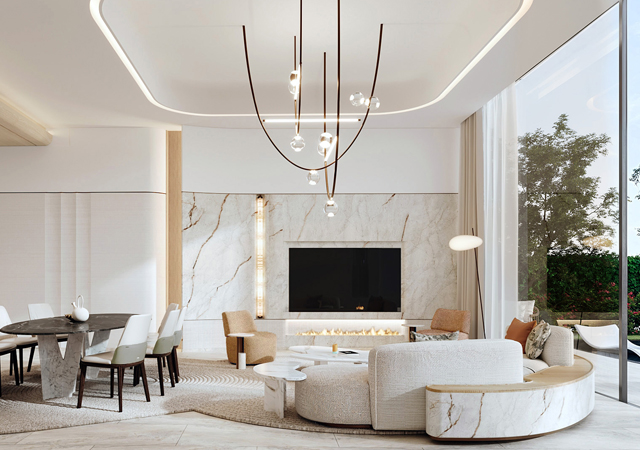
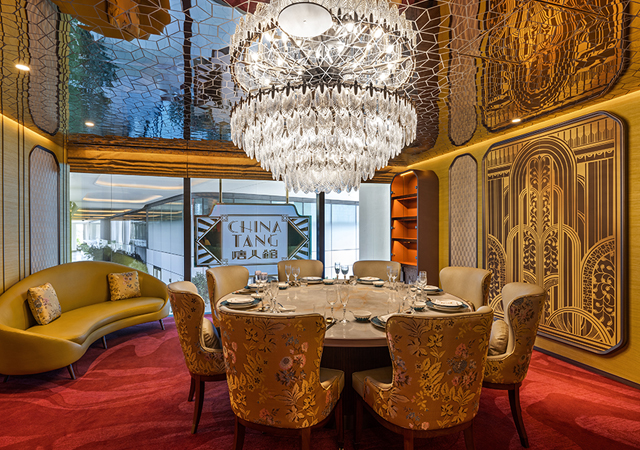
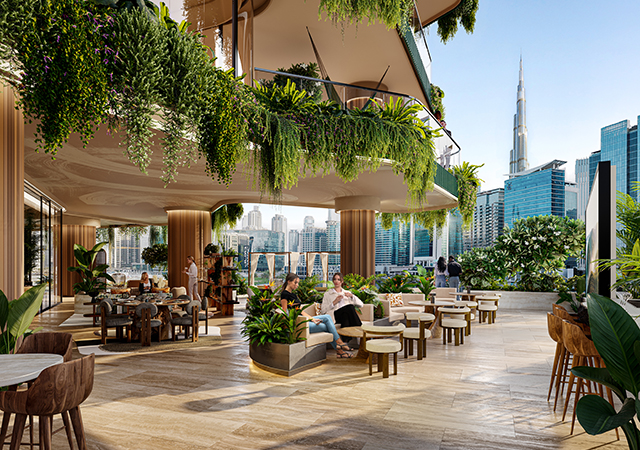
.jpg)
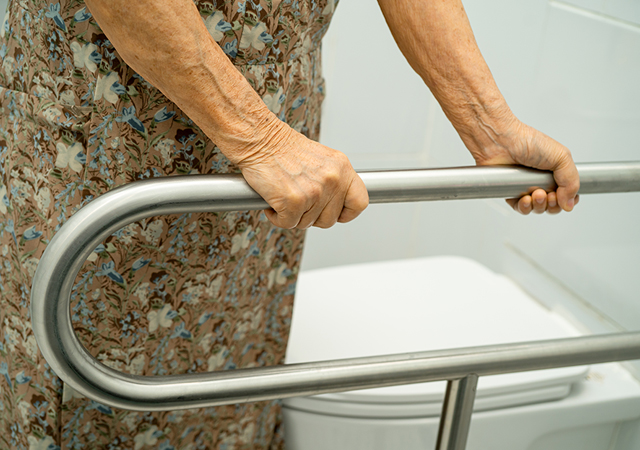

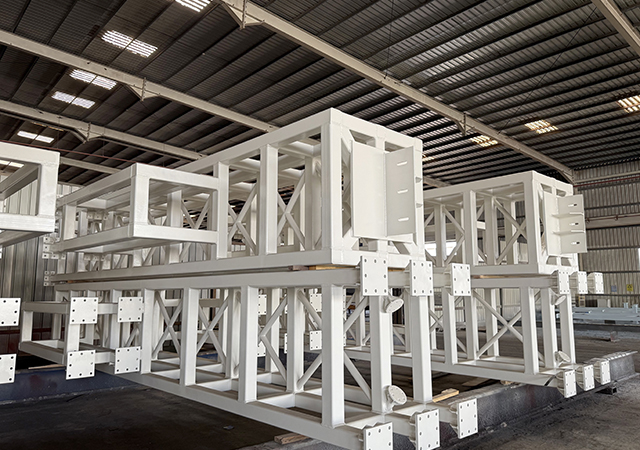




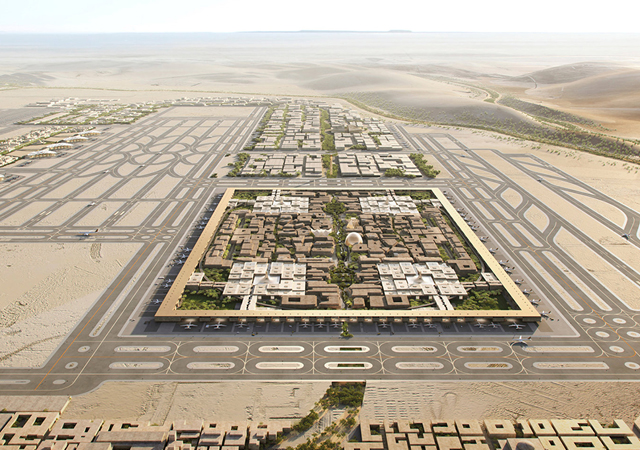
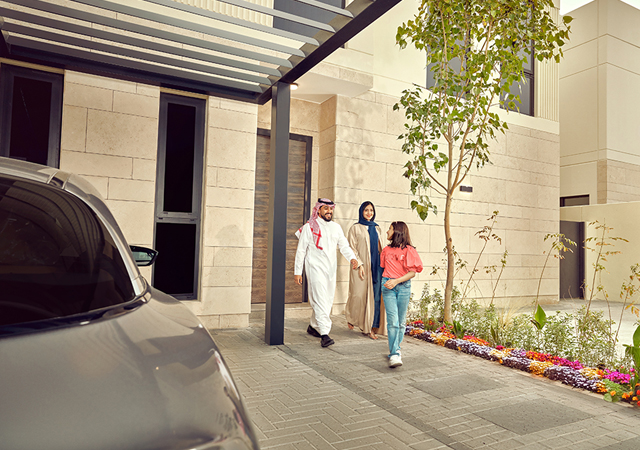
.jpg)
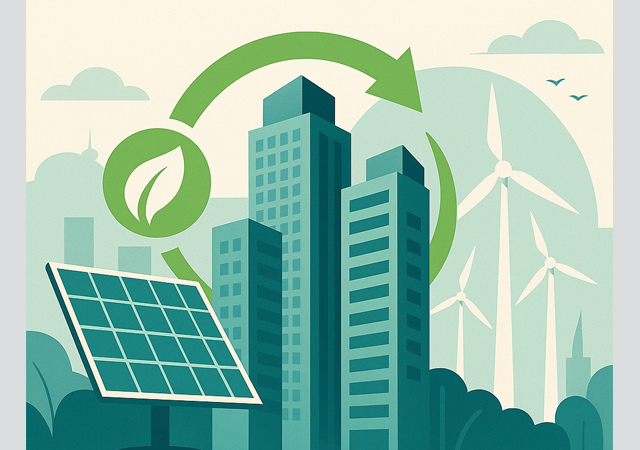



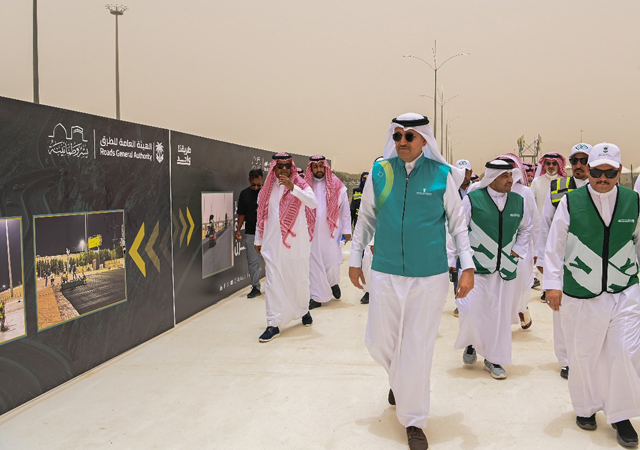

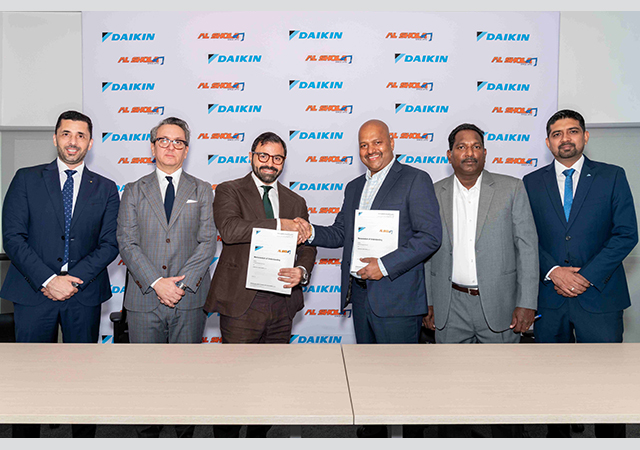

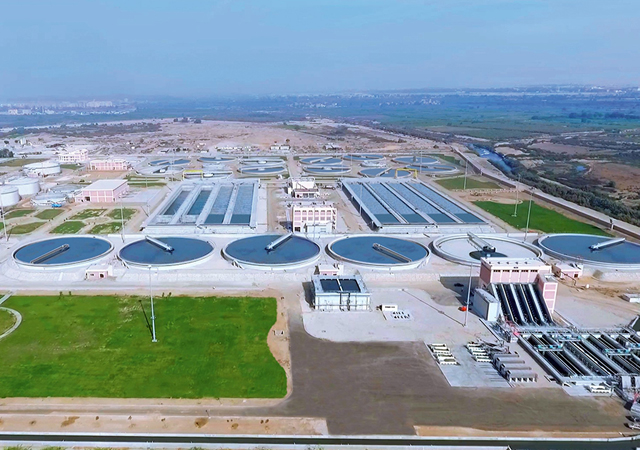
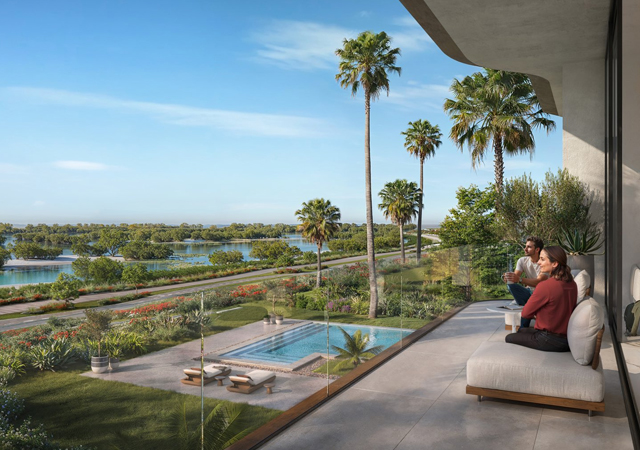
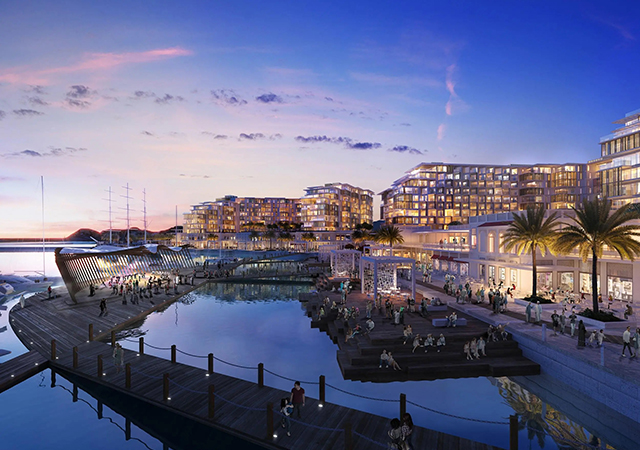

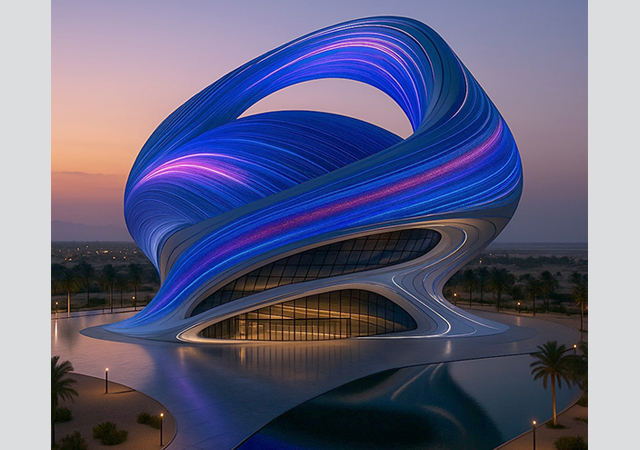

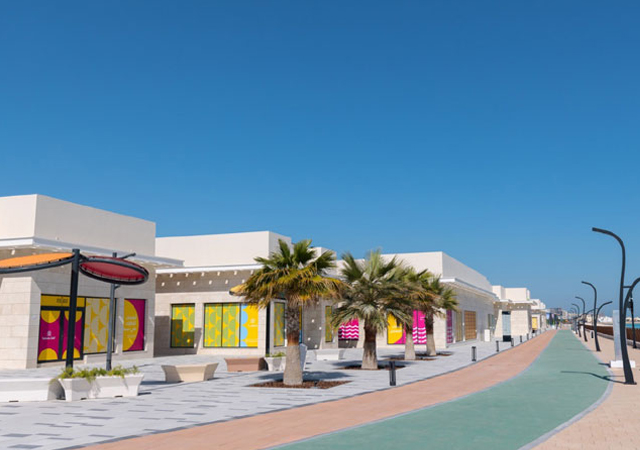

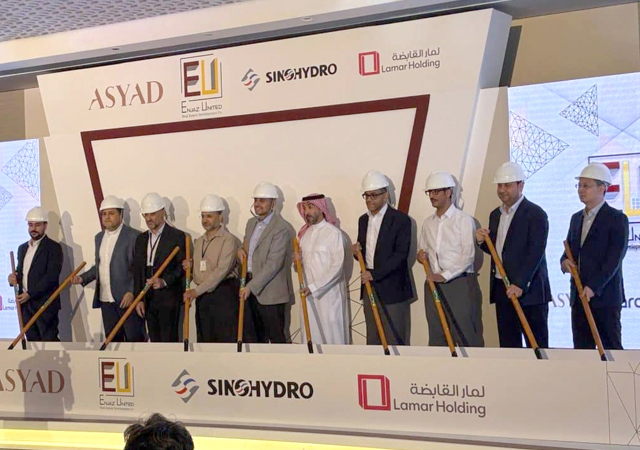
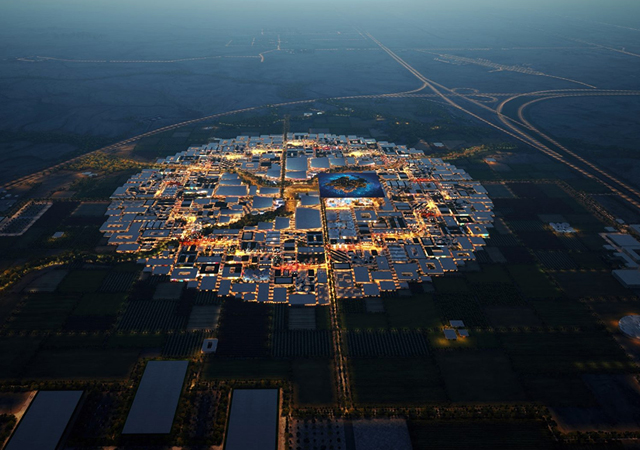
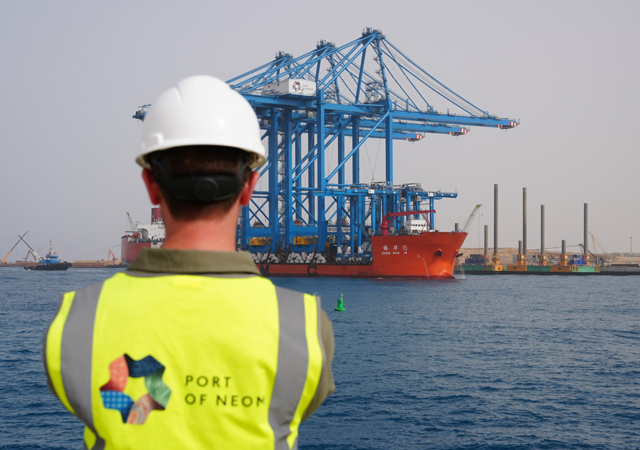
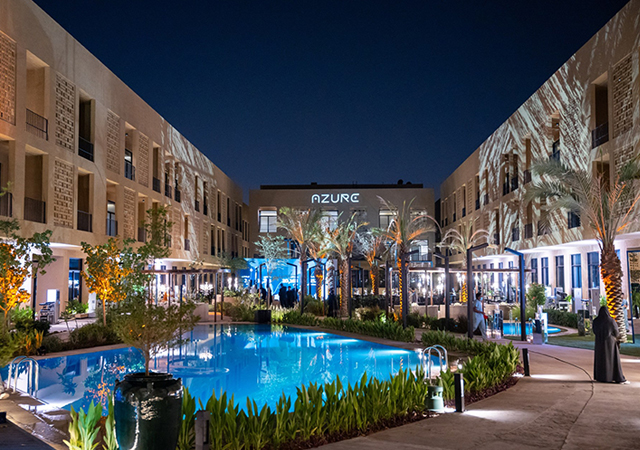
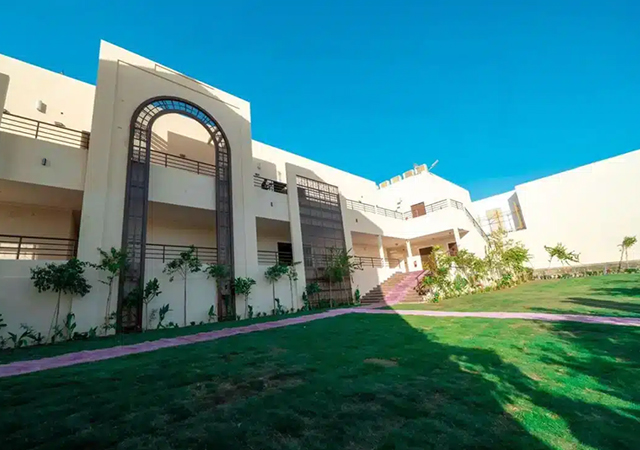


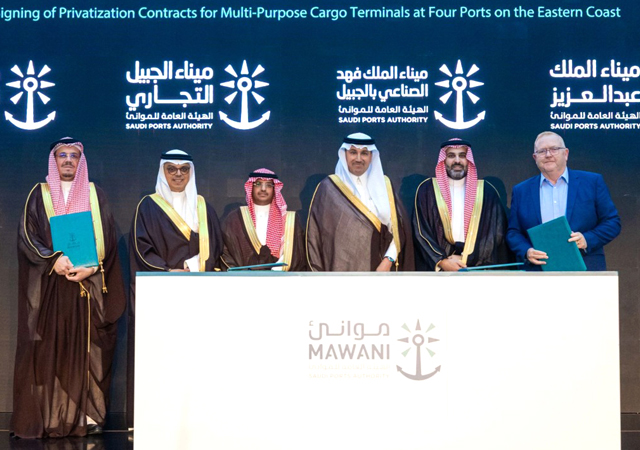
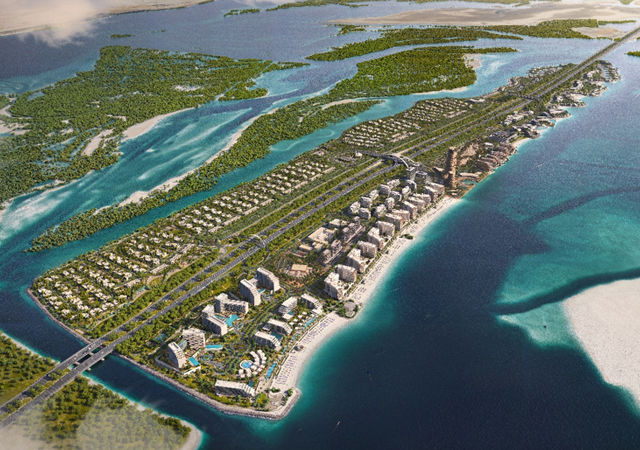

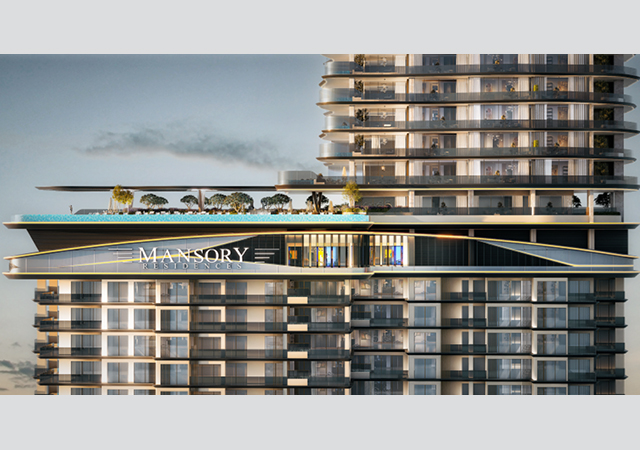
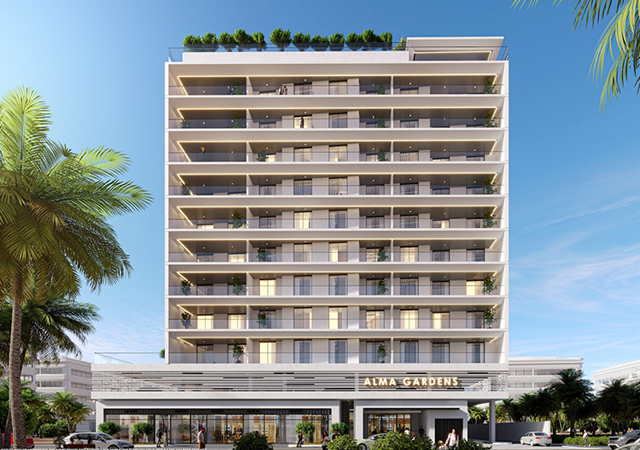

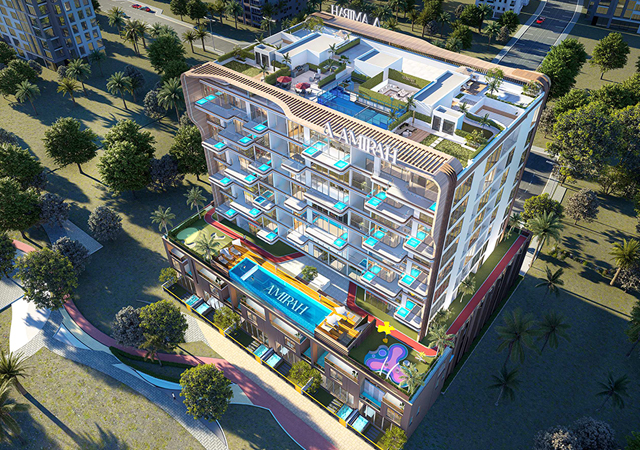
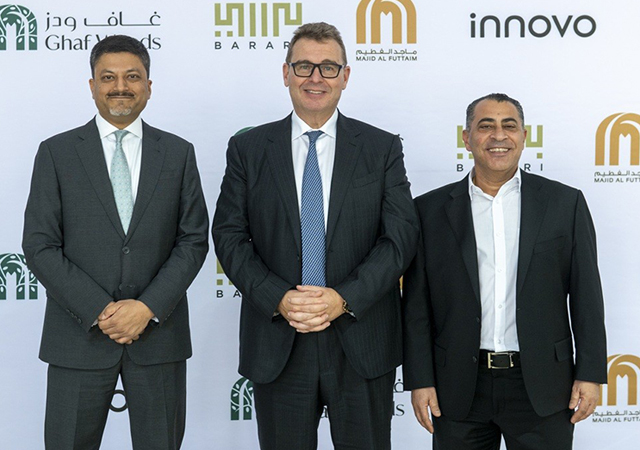
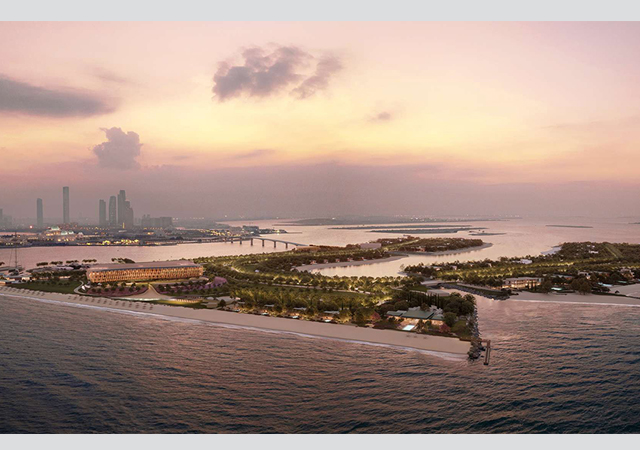
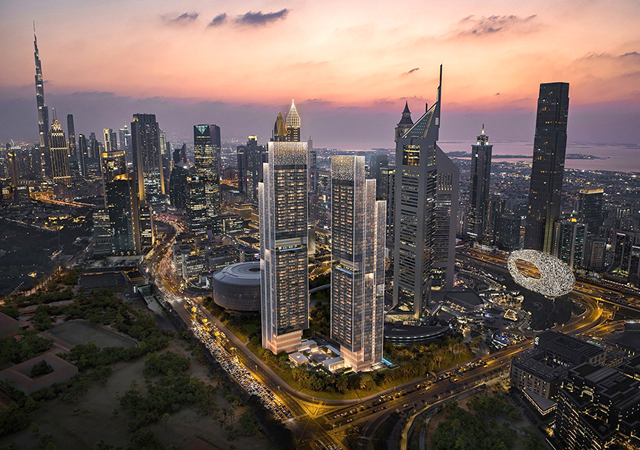
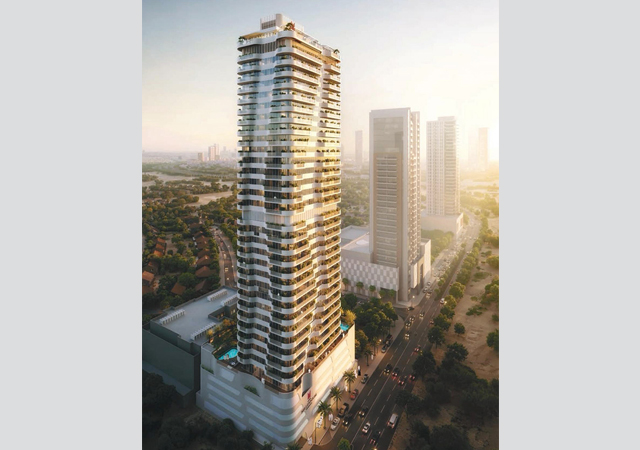
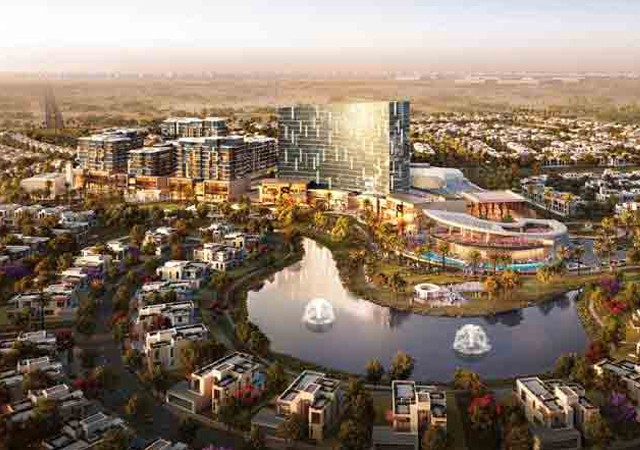
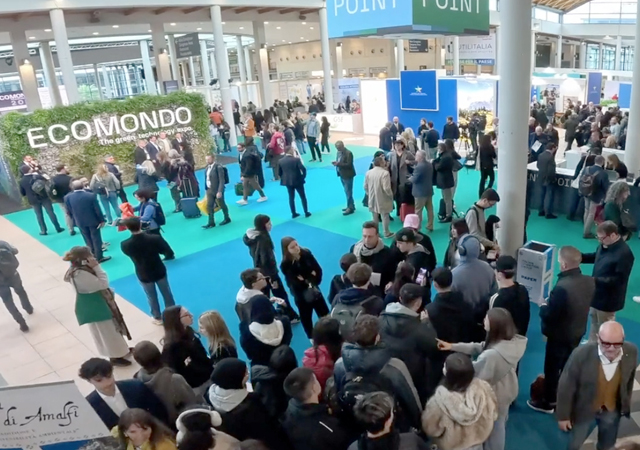
.jpg)












